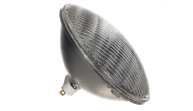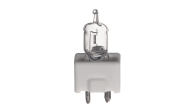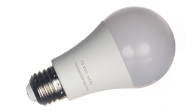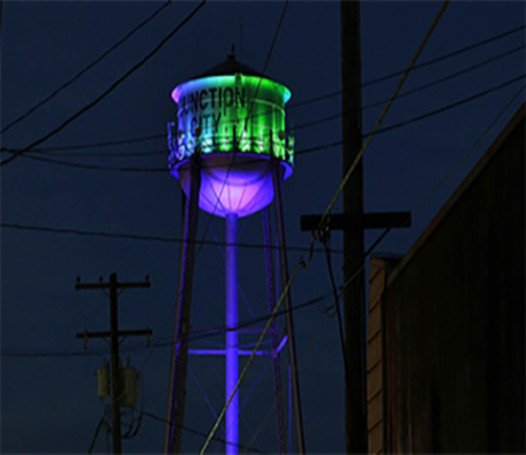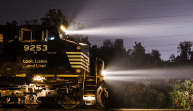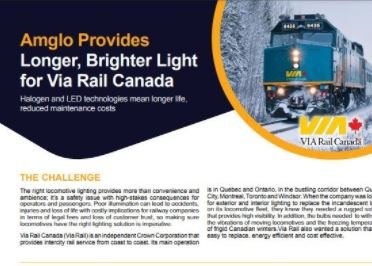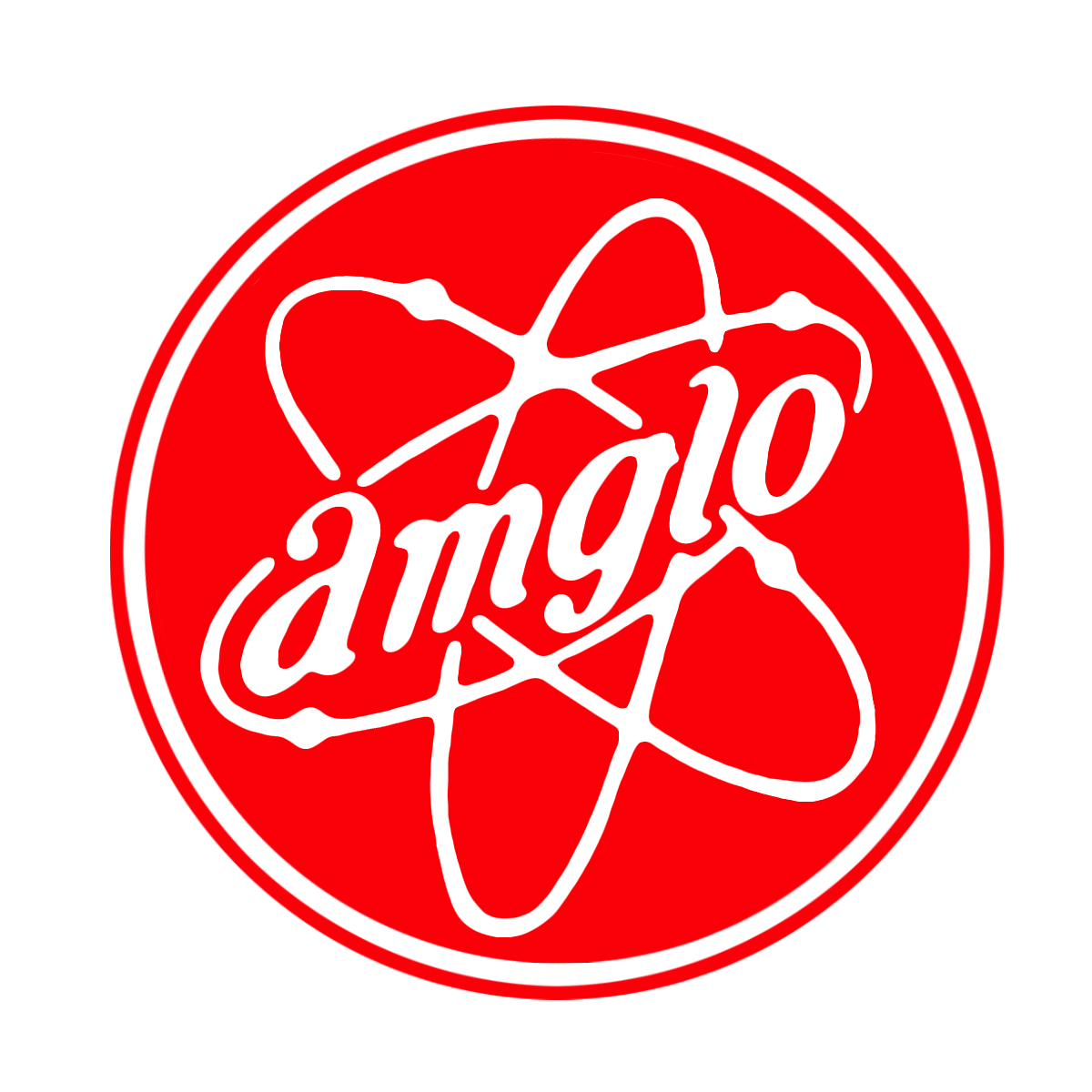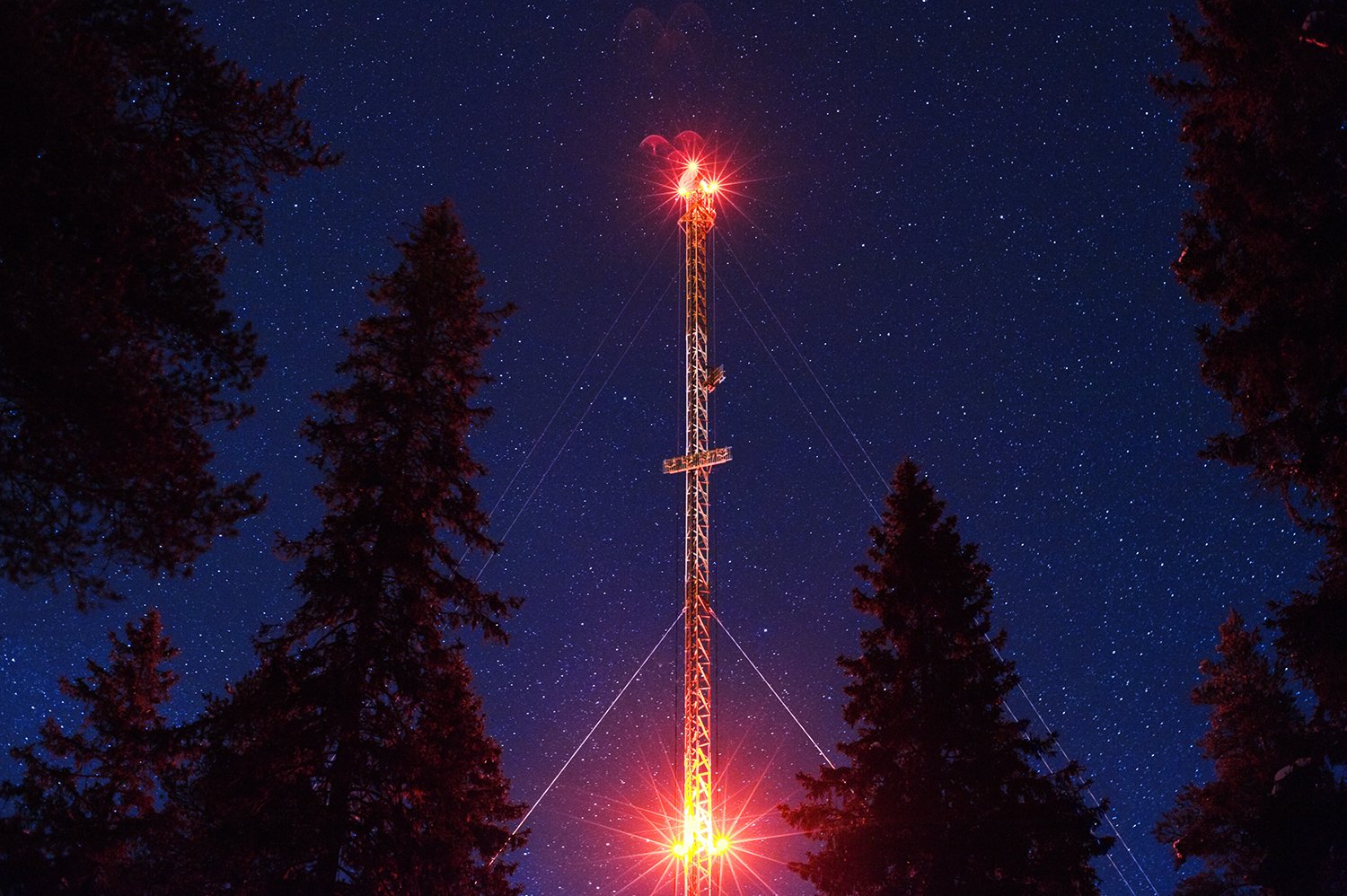
How to Choose Obstruction Warning Lighting for Reliability, Affordability and Long Life
Radio, TV and cell transmission towers, water towers, high bridges, monuments and other structures with height often require one important component: high-quality, long-lasting and durable obstruction warning lighting. This lighting is a necessary requirement for compliance and safety. Mid to high-rise structures and buildings with obstruction warning lights are required by the FAA to help aircraft pilots see the structure in the night, the day and in dark conditions. While the operation of these flashing lamps hasn’t changed much over the years, proper maintenance is still critical. The lamps must be not only in proper working order, but also changed out on time to meet federal regulations. These days, owners of structures or lighting installation companies have more lighting options to choose from. In doing so, there are key considerations for choosing the type of lamp to use, such as sticking with a xenon flashlamp, moving to the more expensive, but extremely long-lasting LED and choosing the right manufacturer of lamps.
There are several reasons why xenon flashlamps continue to be a smart choice for obstruction warning lighting fixtures. For years, they have been a reliable lamp that can emit bright flashes on the tallest of towers and last for years before requiring change-outs. Xenon flashlamp high intensity strobes (also known as high intensity obstruction lighting) are critical for pilots to be able to see structures, from helicopters navigating around cities to planes on approach to airports. Currently, there are more options for xenon flashlamps for high intensity strobes than LED versions.
Xenon flashlamps also continue to be a prime choice to light tall structures because moving to LEDs often requires replacing xenon flashlamp fixtures with very expensive fixtures designed specifically for LED lamps. Finding an LED drop-in replacement can be challenging because of the way xenon flashlamps operate: one power supply generates a large voltage of electricity for each xenon fixture at the same time. Towers with multiple fixtures, for example radio transmission towers with lights mounted halfway to the top, rely on this one power source and all these fixtures would have to be changed out to be able to use LED, multiplying expenses.
Owners of structures, lighting installation professionals, OEMs of fixtures and others seeking quality obstruction lighting products should look for lamp manufacturers with certified products that have been tested, have years of stable production in the industry, and that do quality inspections before they ship the product. Amglo meets all these guidelines. We’ve been in the obstruction and specialty lighting business for decades and our knowledgeable team can discuss your needs to help ensure your structure lights meet the very strict set of specifications required by the FAA or other authorities. For more details, contact us today at (630) 350-9470 or [email protected]. We look forward to helping your business light the way to safety.


